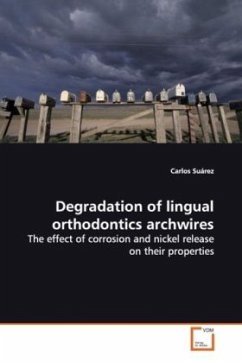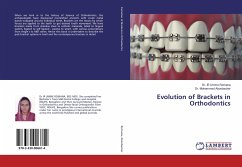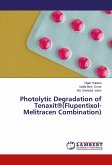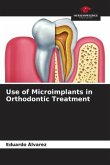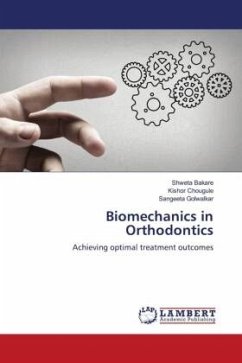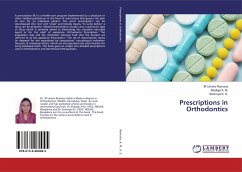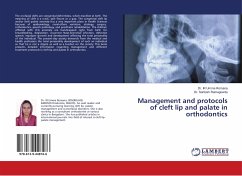In 1970 Dr. Craven Kurz, a Northamerican
orthodontist based in Beverly Hills, who was an
associate professor of Occlusion and Gnathology at
the UCLA School of Dentistry, started investigating
the way of performing fixed multibracketed
treatments with a lingual approach, that is, by
bonding the brackets in the lingual and palatal
surfaces of teeth in order to make orthodontic
treatment invisible. Contemporarily, Dr. Kinya
Fujita, a Japanese orthodontist from the Kanagawa
Dental University, started investigating the same
approach for the orthodontic treatment so to
diminish the injuries that most of his patients had
when practising martial arts due to the appliances.
Since then, lingual orthodontics has become another
possible technique in treating malocclusions. The
purpose of this study was to analyse the corrosive
behaviour of archwires commonly used in lingual
orthodontics. This is done from different points of
view including corrosion testing in a potentiostat,
the analysis of nickel release, the study of the
changes in the calorimetric properties of the
archwires and the analysis of the topographic
changes through SEM and AFM.
orthodontist based in Beverly Hills, who was an
associate professor of Occlusion and Gnathology at
the UCLA School of Dentistry, started investigating
the way of performing fixed multibracketed
treatments with a lingual approach, that is, by
bonding the brackets in the lingual and palatal
surfaces of teeth in order to make orthodontic
treatment invisible. Contemporarily, Dr. Kinya
Fujita, a Japanese orthodontist from the Kanagawa
Dental University, started investigating the same
approach for the orthodontic treatment so to
diminish the injuries that most of his patients had
when practising martial arts due to the appliances.
Since then, lingual orthodontics has become another
possible technique in treating malocclusions. The
purpose of this study was to analyse the corrosive
behaviour of archwires commonly used in lingual
orthodontics. This is done from different points of
view including corrosion testing in a potentiostat,
the analysis of nickel release, the study of the
changes in the calorimetric properties of the
archwires and the analysis of the topographic
changes through SEM and AFM.

